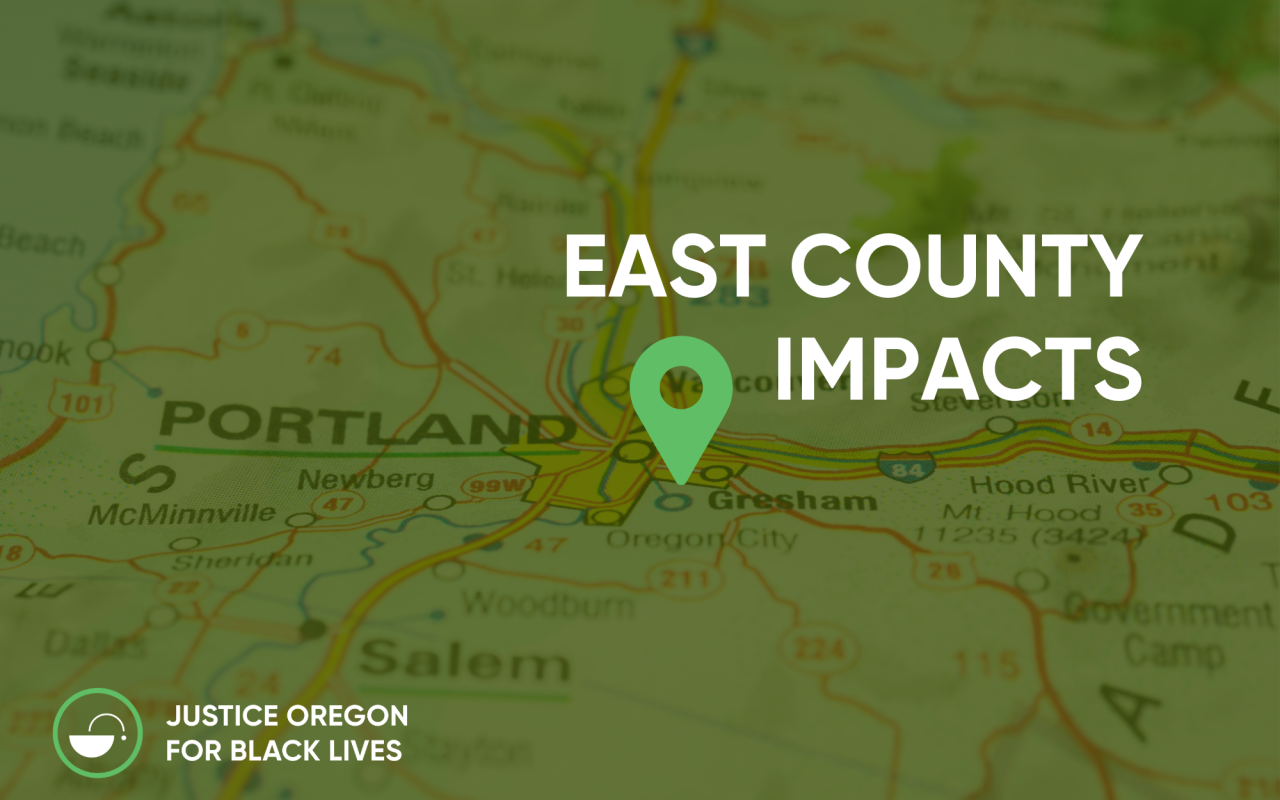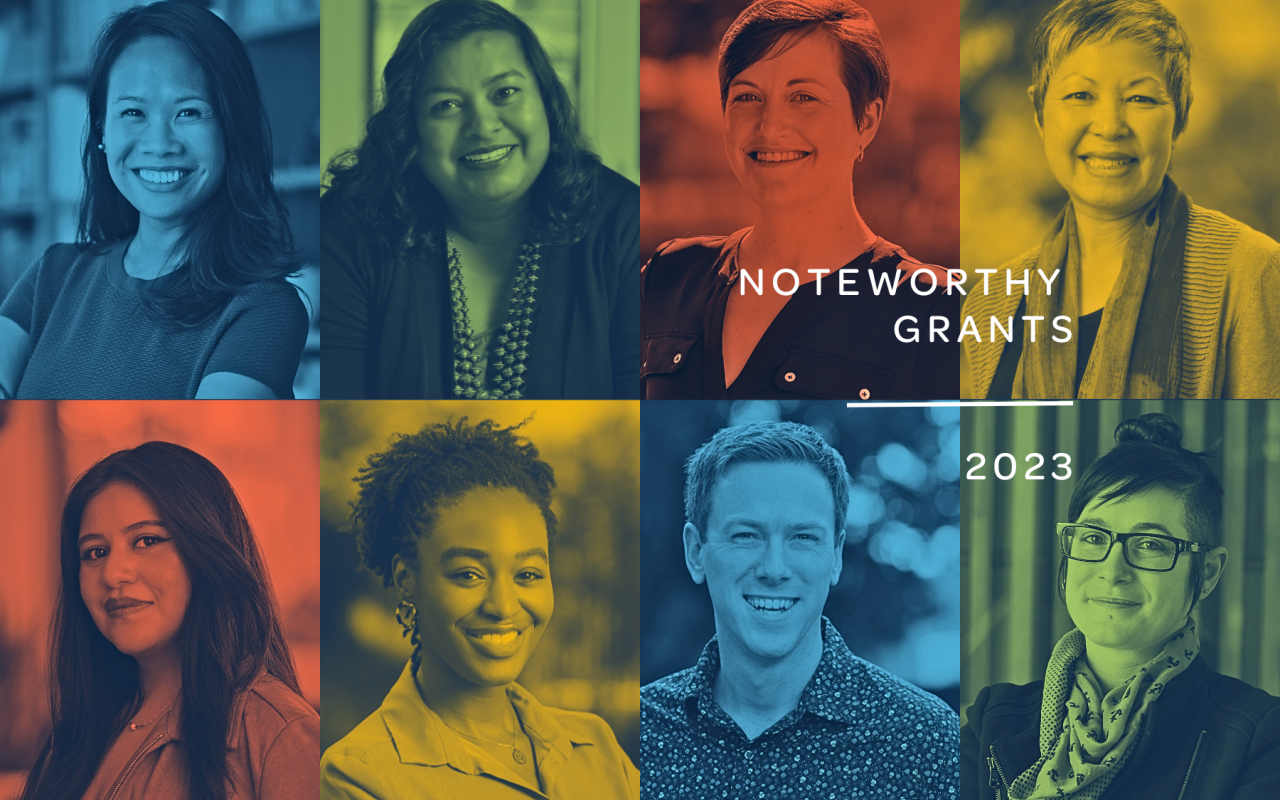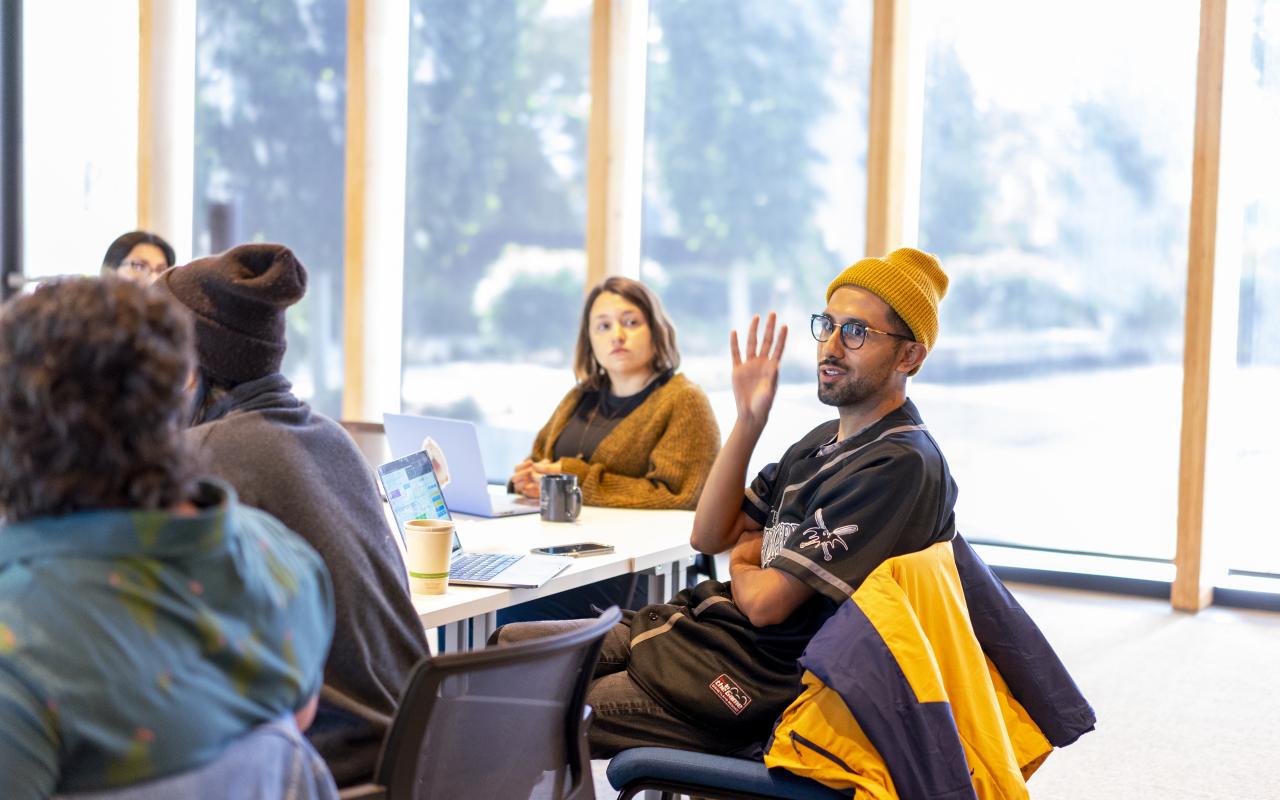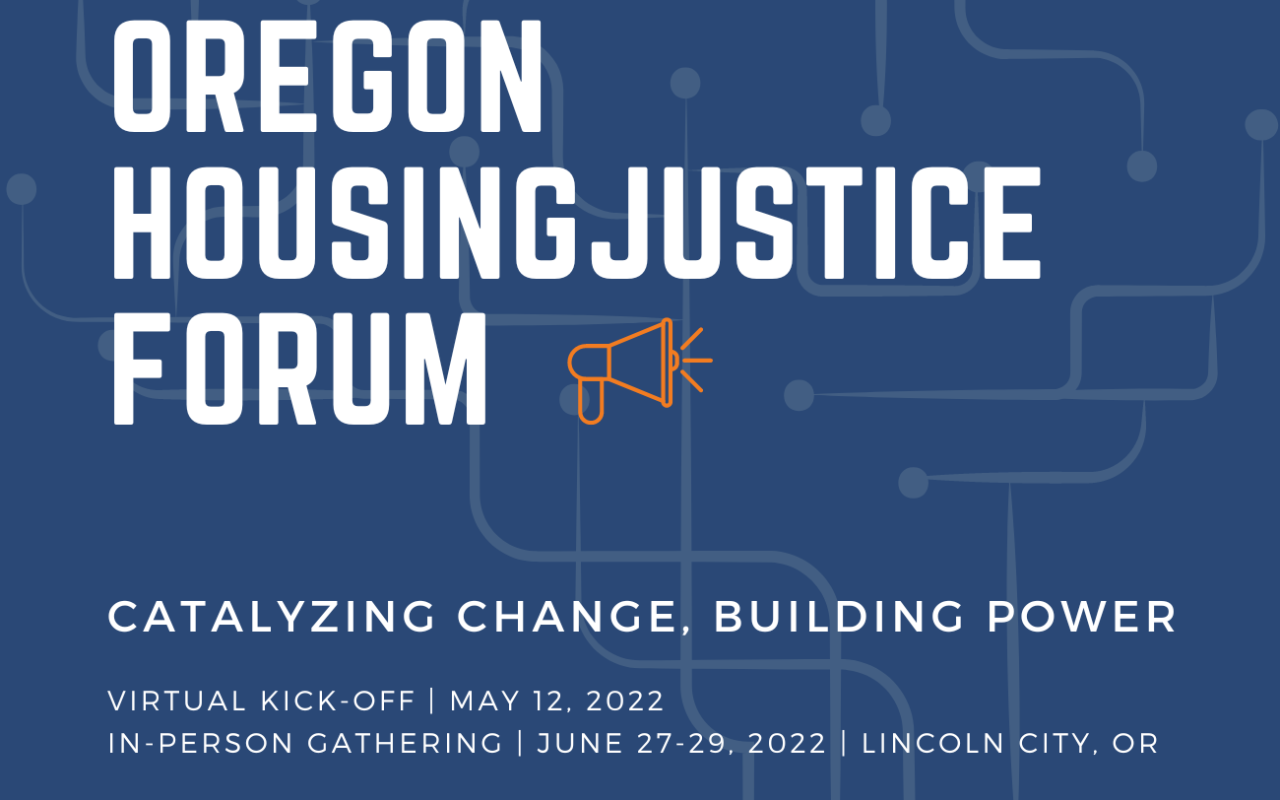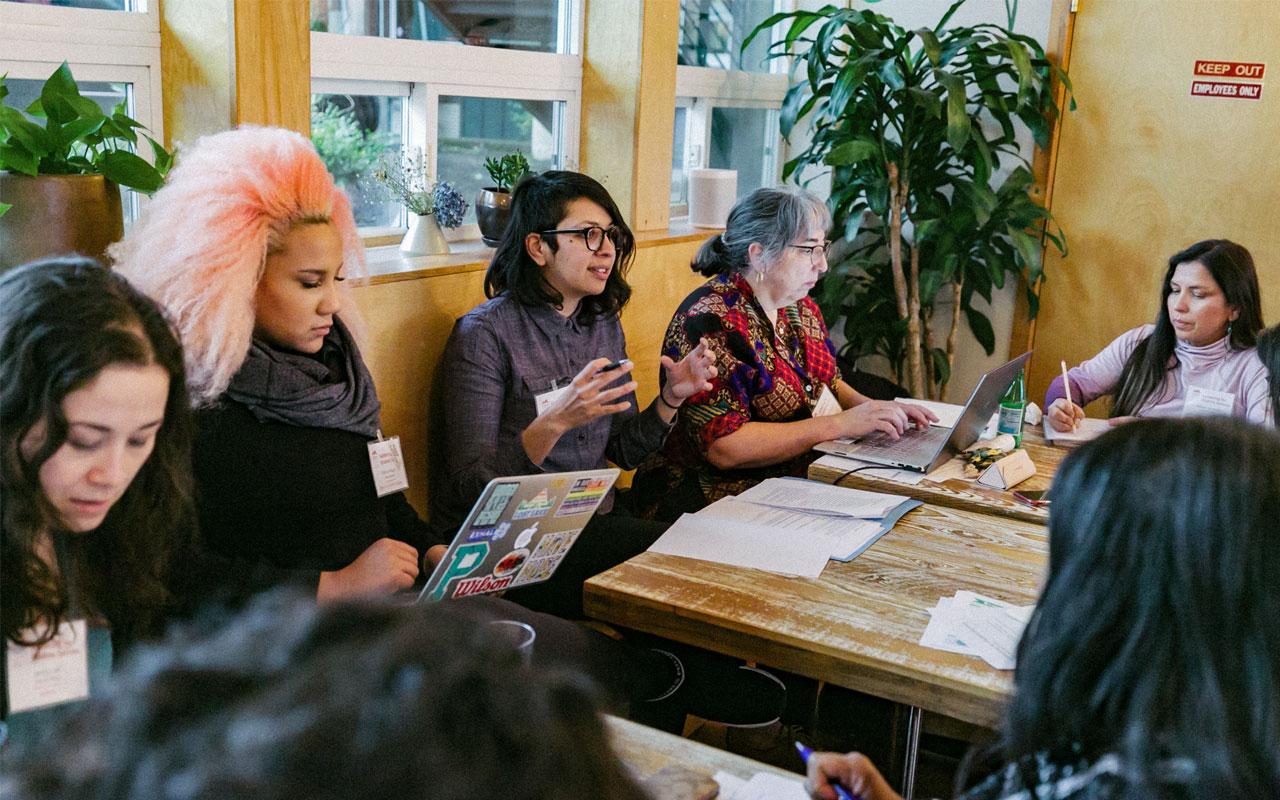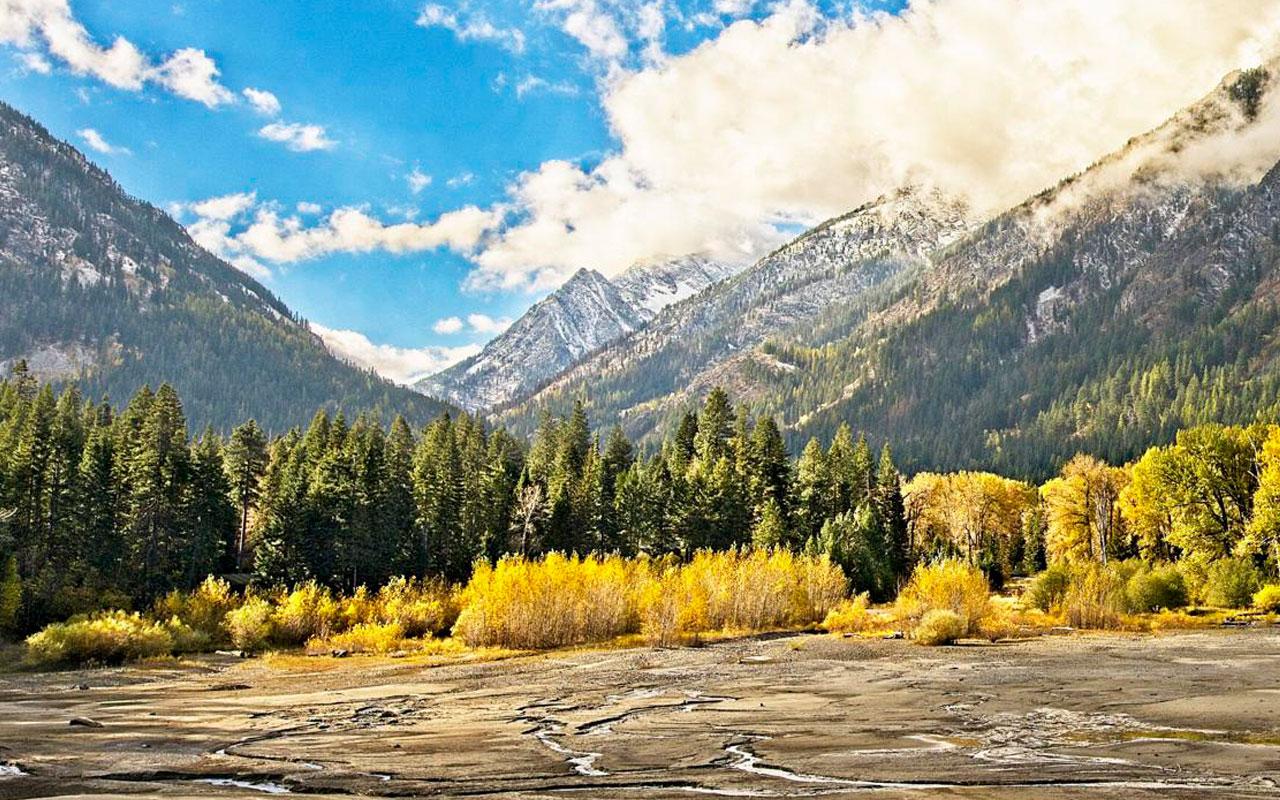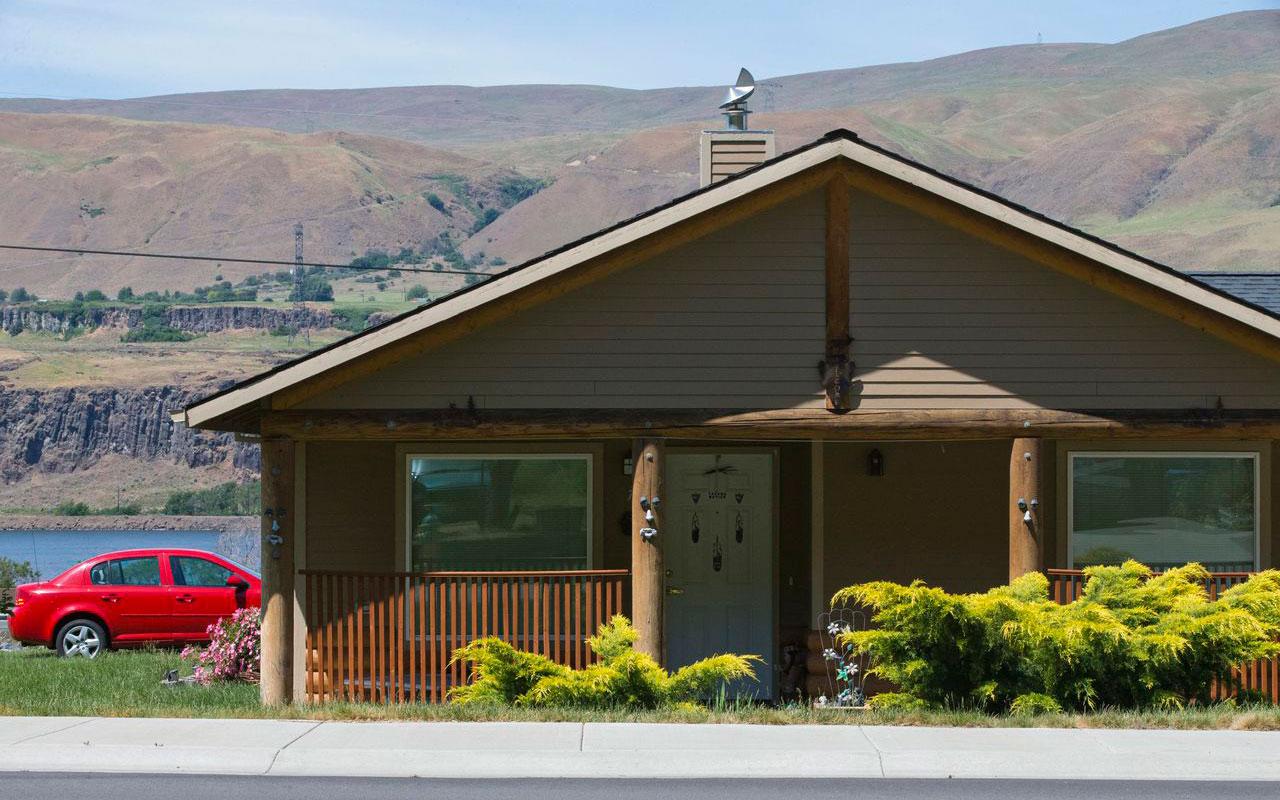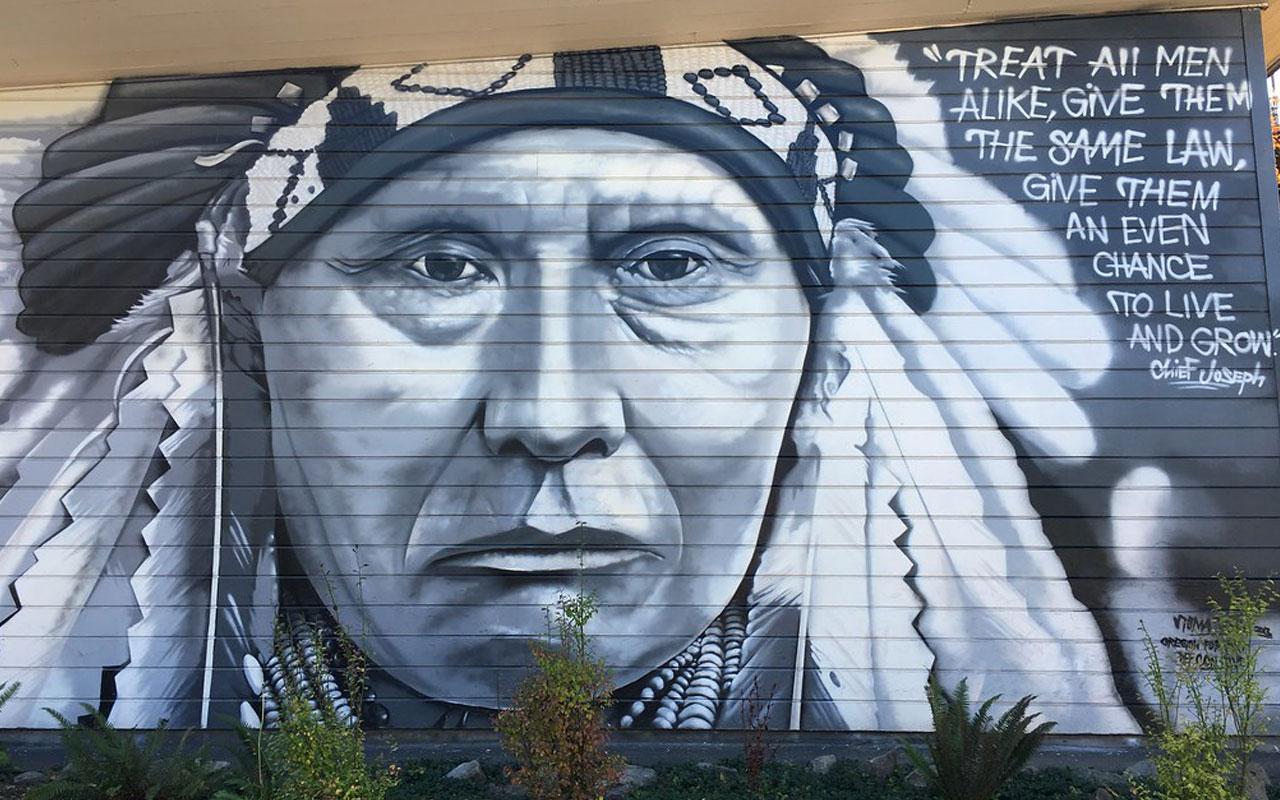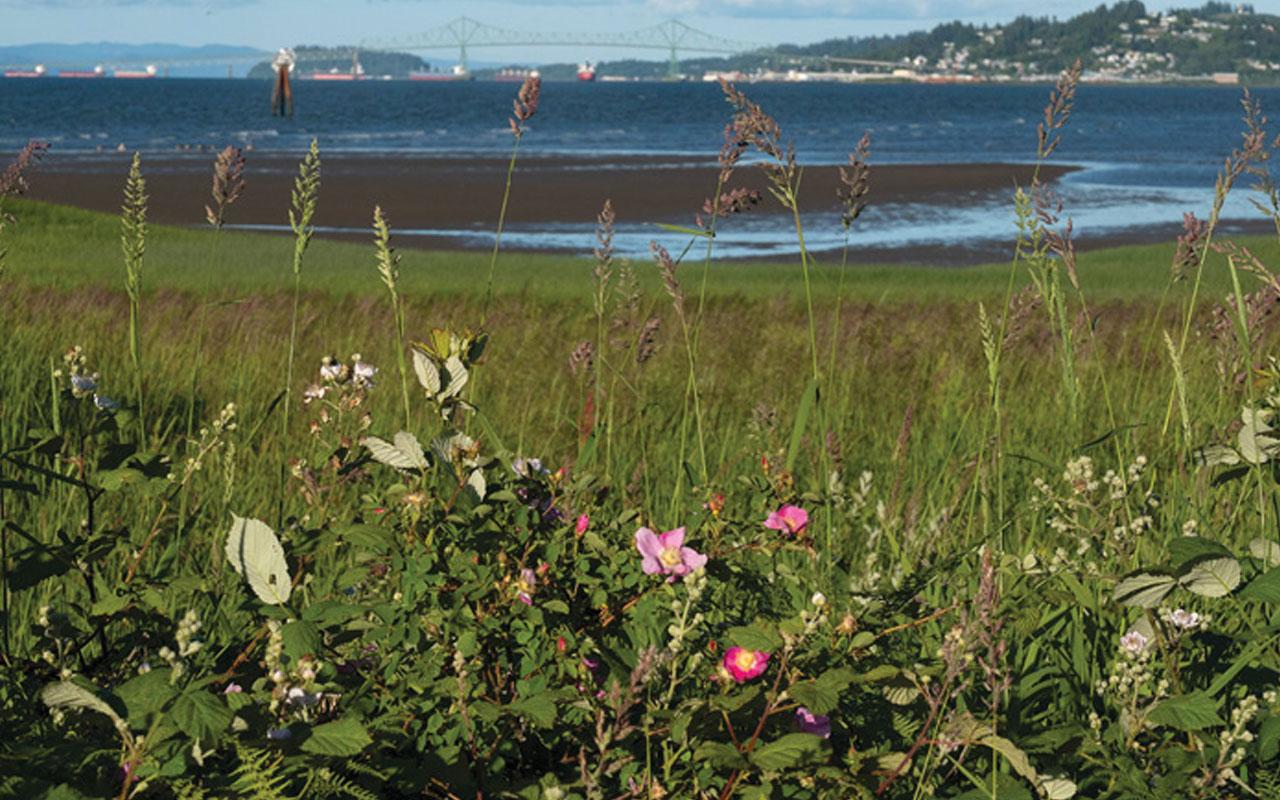Oregon Leaders You Should Know: Alyshia Alohalani Macaysa-Feracota
As the executive director of the Oregon Pacific Islander Coalition (OPIC), Alyshia Alohalani Macaysa-Feracota approaches movement building through a healing lens, drawing upon Indigenous wisdom and practices. Through her leadership and strong relationships with Pacific Islanders across the state, several community-driven initiatives continue to gain momentum for large-scale systems change. We sat down with Macaysa-Feracota to learn more about her journey and vision.
What inspires you?
I think back to my experience growing up a lot. I grew up in southeast San Diego, about 15 minutes above the Mexican-American border. And I grew up with a ton of other kids of color. Even as young kids, we were having these conversations about how we felt left behind in a lot of ways. I noticed that contrast a lot for myself as a high academic performer.
When George W. Bush launched ‘No Child Left Behind,’ administrators wanted to relocate me to another school 45 minutes away where the students were all white. In conversations with other kids I grew up with, we’d ask, ‘Why is it that we have to leave our own neighborhoods to go off and do something else?’
Even efforts like this that were meant to bring positive change, those types of things didn't really touch us, even though they're meant to serve us. So I’ve always carried those experiences in a lot of the work that I do.
How have those early experiences influenced your perspective on systems change?
As I got older, I had the chance to work on several community initiatives, and one of my first jobs out of college was working with a national public health policy organization. I learned a lot of brilliant things there, but again I thought about my younger self and the kids in my neighborhood and asked, ‘Will this touch the lives of the folks we’re actually talking about?’
So a big part of my work has always been bringing the folks that we intend to serve directly into the process – training our community members up so they can be part of policy conversations meant to serve them and reframing things for government or agencies of Western power to understand the wisdom that already exists in the community.
What has been your greatest accomplishment so far?
I would say building the Oregon Pacific Islander Coalition. It's very significant for me as a Native Hawaiian and a Pacific Islander more broadly, particularly one who grew up in diaspora.
I left Hawaii when I was about five years old. Not having the grounding of growing up in my own land or community and then not being surrounded by my own language and practice, I felt the hole that left in who I was as an Indigenous kid. Being invited into the coalition has been a huge healing experience for me.
When elders and other community leaders approached me and said, ‘Can you steward the building of this coalition for Pacific Islander unity and self-determination?’ It was a really humbling experience. I could go off and list the different policies and initiatives that we've launched, but I think the biggest accomplishment is being able to build this trusting network amongst Pacific Islanders.
Which victories has OPIC won through community-led movements?
As Indigenous people, we approach our work from a healing lens, rethinking how data and research can be tools for healing through telling more authentic stories. We’ve produced tremendous things – like the Pacific Islander Data Modernization Report and the House Bill for Native Hawaiian/Pacific Islander Students Success Act – in such a short amount of time because we took the time to build relationships with each other.
The outcomes came from the collective vision of the coalition. When we center relationships and healing, the outcomes and deliverables are far more rich and meaningful.
What is your ultimate vision for Pacific Islander communities in Oregon and what needs to be done to get there?
I would love to move us towards this vision of having Pacific Islanders know that we can center self-determination and Indigenous self-actualization without compromising our cultural values. There's a ton of Pacific Islander work happening in the state. Being able to share OPIC's experiences with other Pacific Islanders and show them that there is a way to step into 501c3 status in a way that makes sense to us.
We need to amplify conversations about the deeper history around API as a system and how it's erased a lot of us and how that doesn't necessarily make sense at times for the things we want to do as Indigenous people. On the same line, how do we bring greater consciousness to funders, to government agencies, to the racial equity community to make sure we’re included in spaces to inform these decisions?
We lead with Indigenous wisdom. We lead with Indigenous practice.
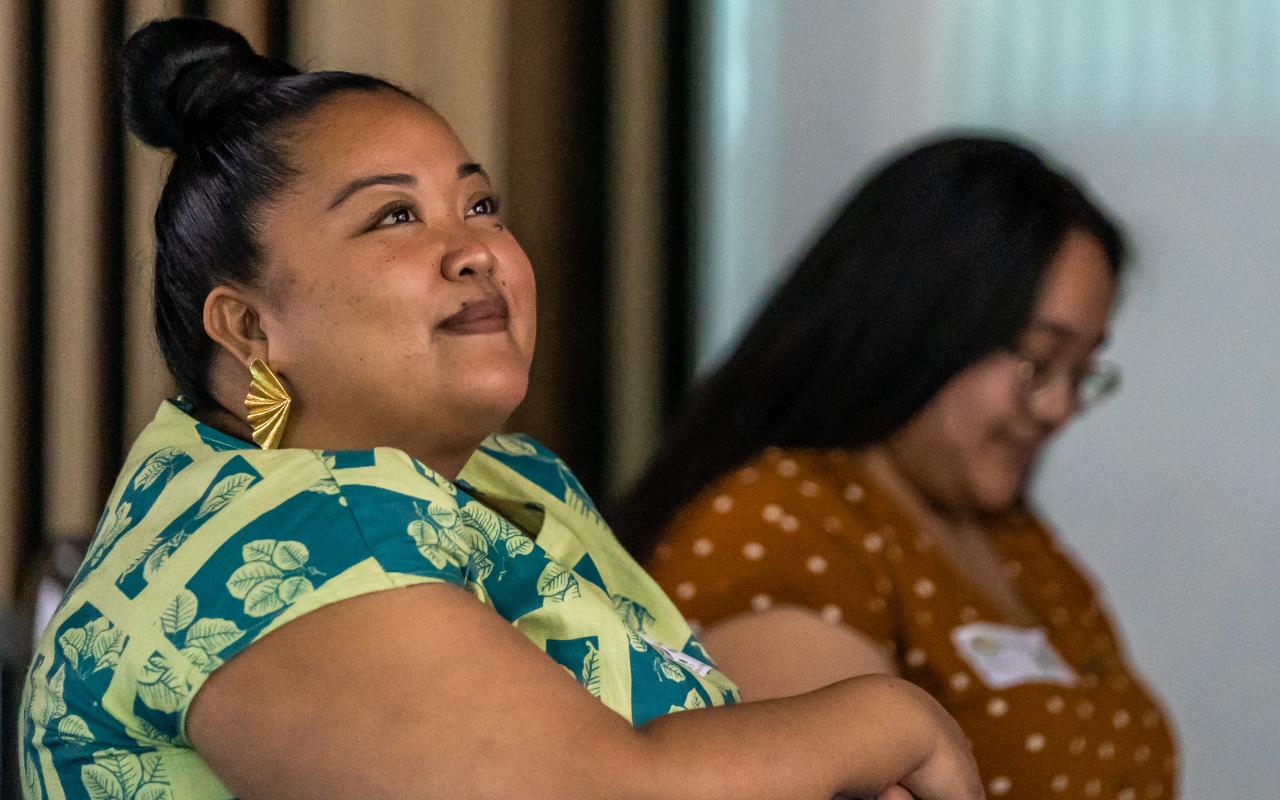
Alyshia Alohalani Macaysa-Feracota at an OPIC event

